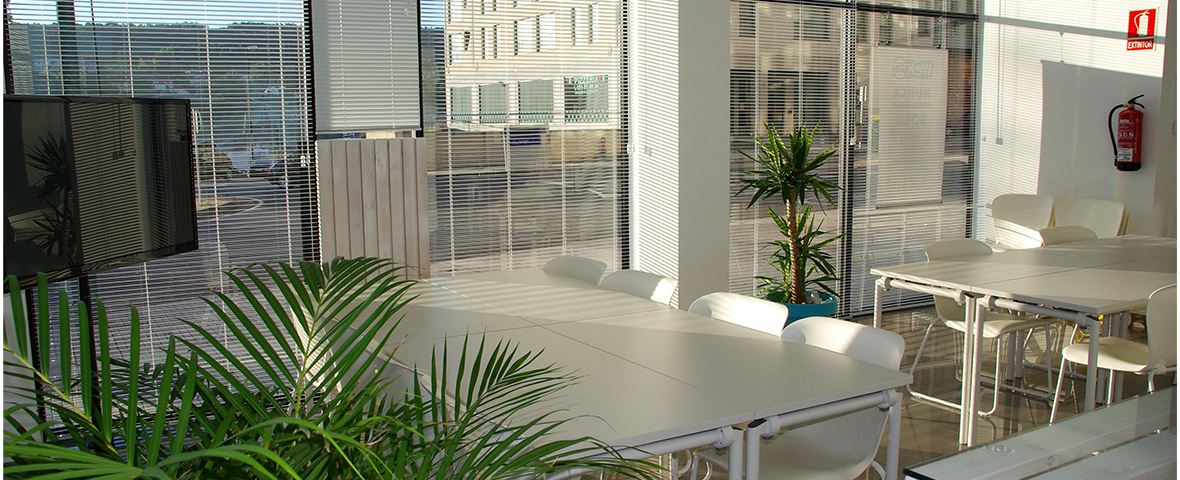Real estate remains a volatile market following the Covid pandemic as organizations continue to modify their workplace strategies to either increase or decrease their built footprint. As some rent out or sell portions of their office space, or move premises, others are expanding. But one thing is for certain: following the uncertainty of the last few years combined with rising property and energy costs, such decisions are not being taken lightly. FMs can no longer rely on gut feel or experience, decisions must be based on hard data.
Improving the employee experience
Global IT and consulting firm Capgemini gave one such case study at this year’s Facilities Show. The company wanted to know how much land it had compared to the number of employees, so moved to a centralized space management strategy in order to collate the data over its 500 offices. Space management software was implemented, as well as a network of sensors to collect data around air quality (encompassing temperature, humidity, CO2 and noise) and occupancy. The latter was shown as live data on a digital floor map to make it easier for occupants to find workspaces and each other.
As a result, Capgemini found it had much more space than it required, and was able to reduce its floorspace by 40-50%. The company reinvested part of the money saved into higher quality office space for its employees which was beneficial for their morale and efficiency, as well as turnover and recruitment.
A panoramic view of complex spaces
It’s not just corporate offices that are looking to optimize their space. One used QFM Space to manage a vast and complex power station building project which would span a 10-year period. The challenge was to enable its site operations team to manage space and facilities efficiently in accordance with the rapidly changing and growing nature of a workforce – expected to be around 5,500 employees as construction progressed.
The client required their space management software to provide visibility of how the workspace was being used, where the workforce is located at any given time, and to understand this information for both office and site-based roles. Through this data, they were able to access detail and continuity to coordinate giving staff the resources they need and supporting management in resource, budget, and planning control.
Integrating space management software with IWMS
SWG’s FM Tech Survey 2022 found that integration of space management and CAD (computer aided design) tools with IWMS (integrated workplace management system) software has increased markedly in the last two years: in 2022, 32 per cent of people reported integration, compared with 11 per cent in 2020. The earlier survey was conducted before Covid-related lockdowns, showing how space management and digitization of the physical workplace has become a priority. Workplaces are dynamic and need to remain responsive to organizational change, no matter where they are located. A key factor in the success of this is having accurate data on which to base decision-making and the software tools to make the process easier.
For more information around best practice for space management or download our complimentary white paper, A Strategic Approach to Space Management.
Keep up to date on the latest industry and technology developments: sign up to receive SWG’s blog delivered straight to your inbox:
 Canada
Canada




